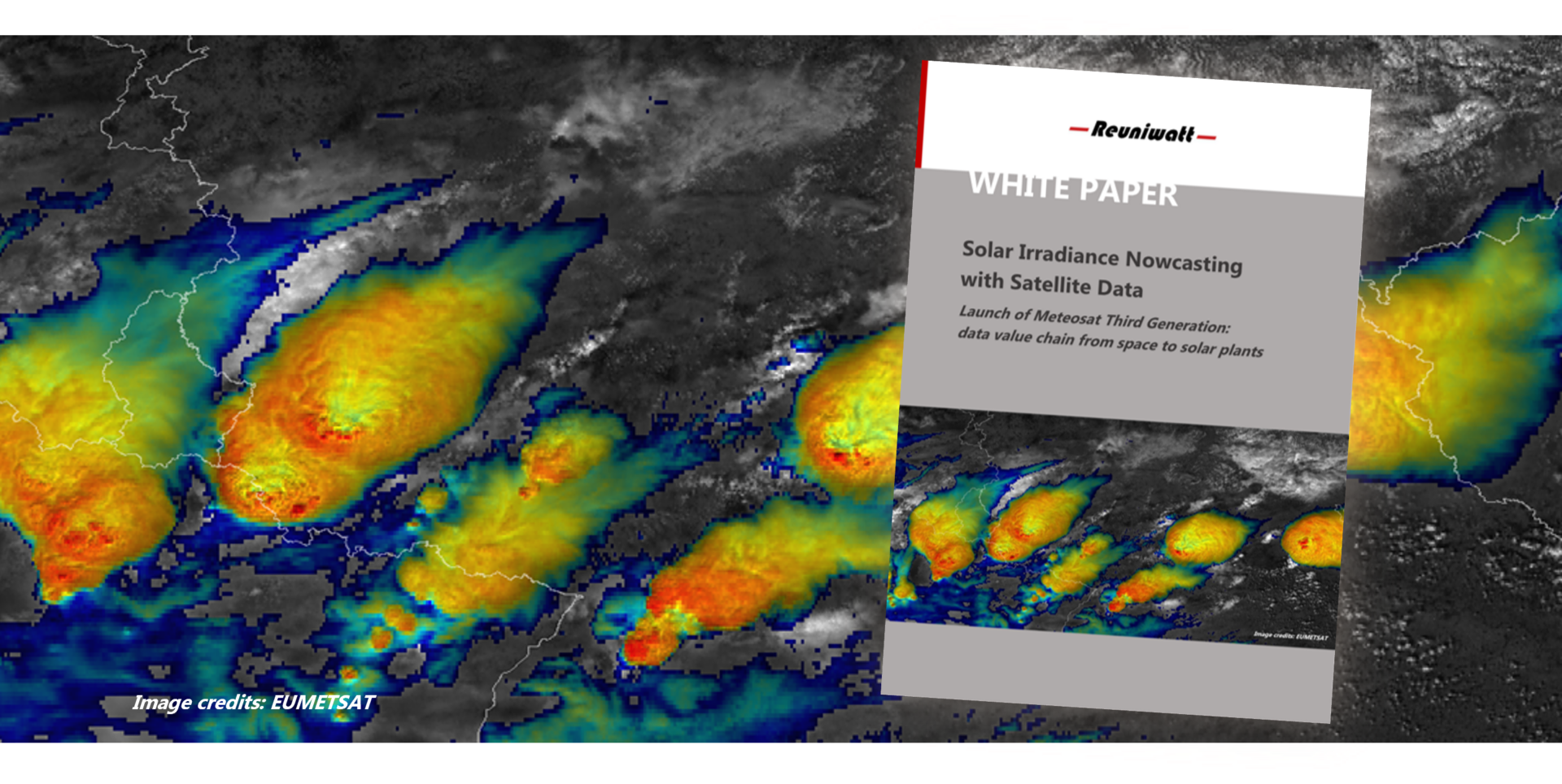Building on the decades-long legacy of Meteosat’s first- and second-generation satellites, Meteosat Third Generation (MTG) will orbit the Earth at an altitude of 36,000 km with a stable view of Europe and Africa. It’s launch offers multiple opportunities outside the space sector.
MTG satellite system features and improvements
EUMETSAT has provided society with more than three decades worth of satellite data, starting with the mandatory geostationary missions of the Meteosat First Generation, and since 2002 the Meteosat Second Generation (MSG) series satellites. With the launch of MTG on Dec 13, 2022, a number of new features will be available to the user community, bringing nowcasting to a new level. The accumulated lightning products over space and time will add imaging content into lightning detection, which is one of the advances to weather forecasting and nowcasting thanks to MTG. It will allow to trace the extent and evolution of electrical activity within clouds, and can be used to increase outdoor activity safety. MTG data will also help increase aircraft safety in critical areas (for example, routes between South America and Europe). Another advantage will be the availability of simultaneous and co-spatial data enabling the development of “synergy products”, such as predicting fire initiation using a link between fire products and lightning products. The improvements in spatial and temporal resolution, as well as the availability of new imager channels and new sensors will bring notable benefits to our nowcasting capabilities and the further development of NWC SAF products. In addition, new nowcasting products are currently being developed specifically adapted to the data from the newly available sensors: MTG marks the start of a new era with regards to severe weather forecasting. With regards to solar irradiance forecasting, the improved temporal resolution of MTG-I data will make it possible to update solar forecasts at a higher frequency (every 10 minutes instead of 15 minutes). The availability of a a larger amount of data over the same period helps increase the overall resolution of the forecasts, as higher volumes of weather variables decrease forecast uncertainties.
Better nowcasting with MTG
In our latest white paper “Solar Irradiance Nowcasting with Satellite Data – Launch of Meteosat Third Generation: data value chain from space to solar plants” we highlight the satellite data journey and present the unique features and improvements achievable through the MTG satellite system. Jochen Grandell (EUMETSAT) shares the new or improved functionalities of MTG-I1. How this data leads to better nowcasting and an improved quality of the calculated cloud properties is detailed by Pilar Rípodas (AEMET). Mathieu Turpin (Reuniwatt) explains how the satellite data and nowcasting algorithms find their way onto solar farms through satellite-to-irradiance forecasts, how and why the renewable energy industry can benefit from the improved features of the MTG satellite system.
Learn more about EUMETSAT’s MTG mission objectives, expected nowcasting benefits, and surface solar irradiance assessment based on satellite imagery:
![]() About Reuniwatt (www.reuniwatt.com)
About Reuniwatt (www.reuniwatt.com)
Reuniwatt is a major player of the solar radiation and cloud cover assessment and solar and wind power forecasting. Based on solid Research and Development works, the company offers reliable products and services intended for professionals of various fields, making the best out of two key facets of the meteorology: atmospheric physics and data sciences. A particular focus has been placed on solar energy forecasting, while developing cutting edge solutions to improve the short-term prediction of the solar resource.
The company has won many grants, including H2020’s SME Phase 1 programme, which makes Reuniwatt a European Champion with regard to innovation. Reuniwatt has also been selected among the national fast-growing companies to join the prestigious French Tech 120 programme in 2020 and 2021, and the French Space Tour 2021
